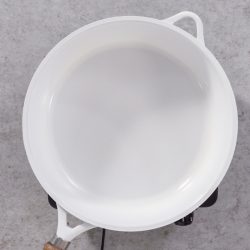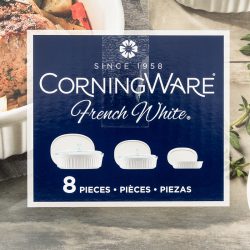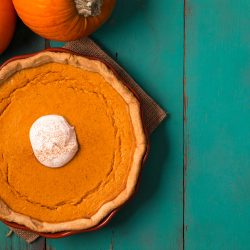So you just got yourself a new set of Corningware cookware and heard of the rumors that certain variants come with lead. We understand your concern, so we're here to help you out. We've gathered some of the best information we can find after extensive research, and here's what you need to know:
New Corningware Blue Cornflower and French White do not contain lead. These products are made from food-safe, non-porous materials. Corningware cookware commonly uses glass and ceramic that are able to withstand high temperatures, making them generally safe for use in the oven or microwave.
However, if you own Corningware products from prior to 2005, they may contain some toxic components, particularly in the paint. This includes the Spice of Life series, which was produced in the 1970s and 1980s.
Are you still having some doubts? Fret not! We'll take a closer look at this issue, as well as how to clean your Corningware, how to test for lead yourself, and more. Read on to learn more about it!
![Scalloped potatoes, potato casserole with the addition of herbs and edible chives flowers in a ceramic baking dish - Does Corningware Contain Lead [Inc. Blue Cornflower, Spice Of Life, & French White]](https://kitchenseer.com/wp-content/uploads/2022/10/Scalloped-potatoes-potato-casserole-with-the-addition-of-herbs-and-edible-chives-flowers.png)
Does Corningware Contain Lead?
As previously mentioned, brand-new Corningware does not contain lead, but vintage ones might have non-food-safe levels of lead. And by vintage, we mean pre-mid-2000s. Its lead content is mainly due to leading cookware brands during that era predominantly using paint with lead content.
Testing for lead on vintage Corningware products will likely detect around 15,000 - 100,000 PPM lead, but it's mostly on the outer surface that's been painted on. However, such rates of lead are still deemed hazardous to your health.
Years passed and of course, regulations have changed and safer products are being made, so cookware brands have also shifted to safer products.
Blue Cornflower
Based on a test conducted by Lead Safe Mama, Blue Cornflower Corningware cookware tested negative for lead, with the post dating back to 2017. With that, it's safe to assume that new productions of this cookware variant are safe for use in food in the oven or the freezer.
Spice Of Life
Lead Safe Mama also tested a vintage Spice of Life casserole from around 1972-1988, which showed results of 26,500 PPM of lead and 236 PPM of cadmium. For your added information, 90 PPM levels of lead are already considered unsafe for children.
Additionally, Lead Safe Mama also tested a plain white surface of the same Spice of Life casserole which came back negative for lead.
French White
Since French White Corningware is devoid of any paint, it's safe to assume that it's free from lead. While it has been glazed, a majority of glaze paint products are lead-free.
Furthermore, the California Department of Public Health notes that plain white dishes are generally free from lead.
Check out this Corningware French White Grab-It Dish on Amazon.
When did Corningware stop using lead?
Corningware says that they stopped using products containing lead around the year 2000. Around and prior to the 1990s, almost all glass and ceramic products included lead in their production, including cookware. However, with the advancement of technology and the invention of safer alternatives, brands have also begun shifting to non-toxic materials.
How can I know if there is lead in my dishes?
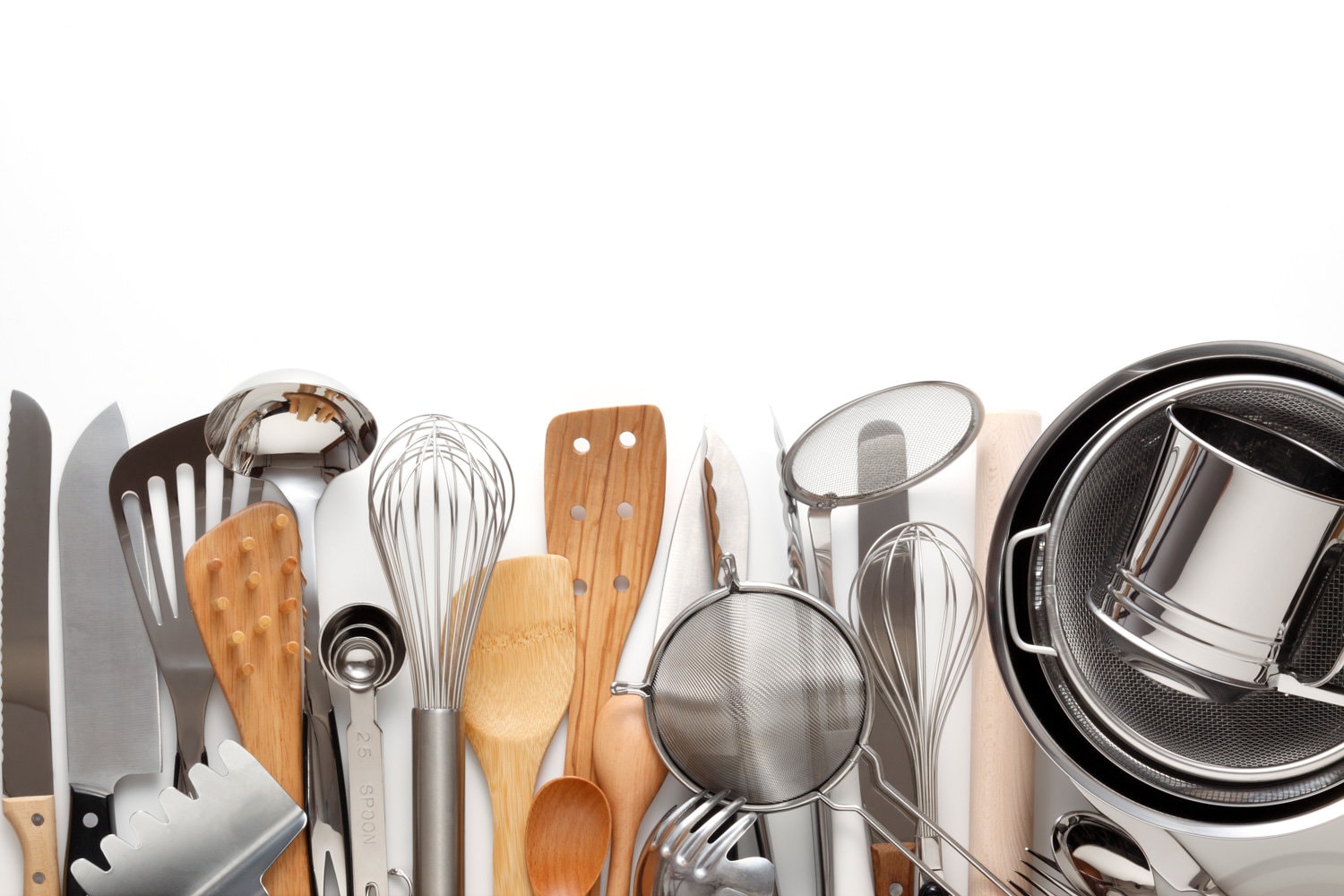
Testing is the only method to know for sure if a piece of crockery contains lead. You can find out if the dishes contain leachable lead using home lead test kits. High levels of lead are best detected by conducting these tests.
There are multiple lead testing kits that you can buy online or in brick-and-mortar hardware stores and these kits often contain usage manuals. You can do these tests by yourself without breaking a sweat.
Check out this lead testing kit for glassware on Amazon.
How do I clean my stained Corningware dishes?
While Corningware is generally made to be stain-resistant, there are certain agents that are just so tough they'd cling to anything. Cleaning stained Corningware is easy, and here's a quick solution you can follow.
- Bring 3 cups vinegar, 4 cups water, and 2 tablespoons citric acid to a boil in a big pot.
- Place one Corningware dish into the boiling mixture for five minutes. Make sure the water covers the entirety of the dish so it's fully absorbed.
- After 5 minutes, check if the stains have come off. If there are still some grimy bits and pieces left, scrub them off with a sponge or a gentle scouring pad.
- Repeat the same steps for other Corningware dishes.
- Let the dishes dry on a rack or anything similar.
What are the signs of lead poisoning in adults?
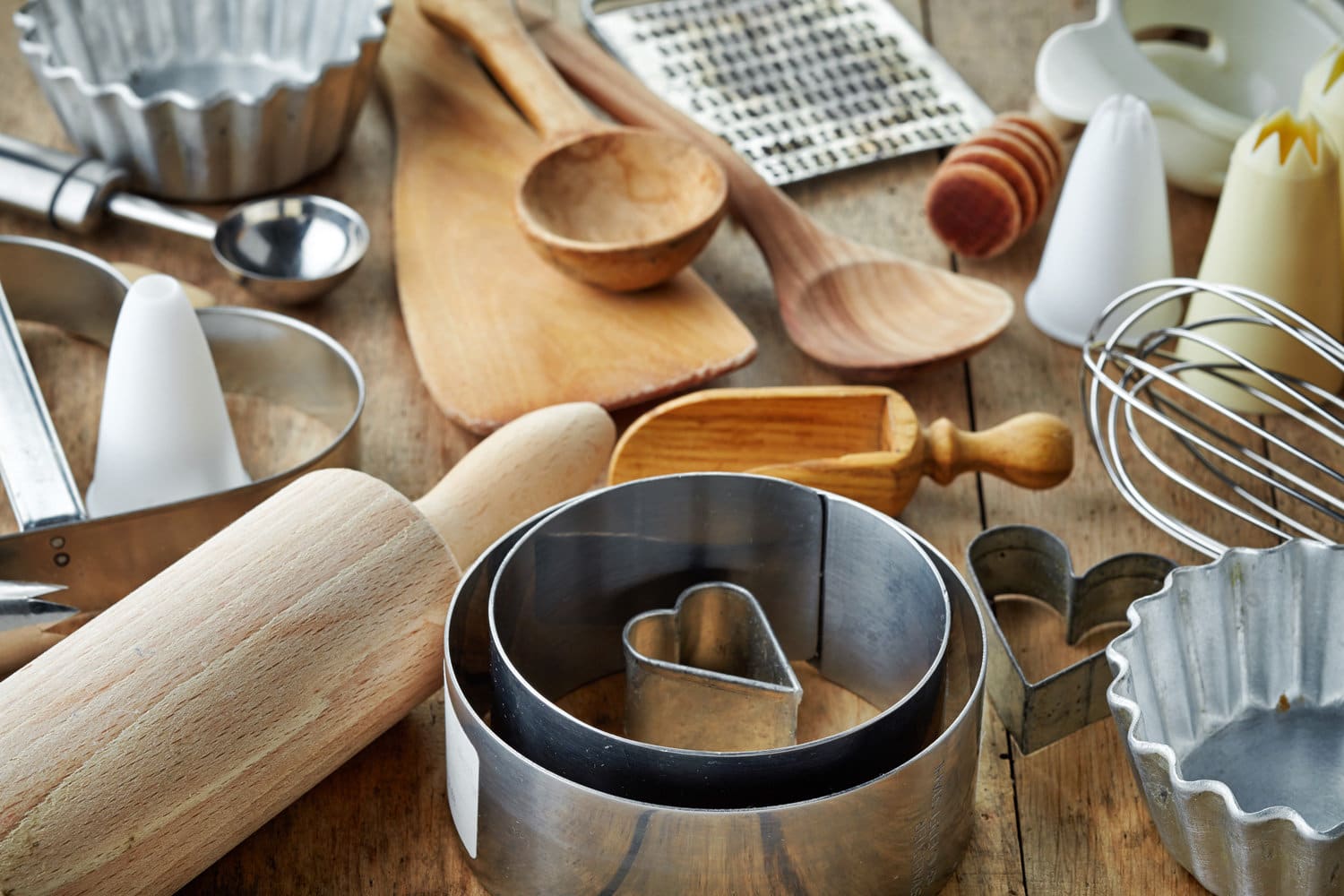
People who have been exposed to lead may find themselves having high blood pressure, headaches, constipation, muscle pain, or fatigue. Those who have had the exposure may also look completely fine, physically, with no signs of having lead poisoning.
If you or know someone who has lead poisoning, you may get a blood test immediately from anywhere near you that does it.
Children are more vulnerable to dangerous diseases once exposed to lead, so it's always best to take professional action as soon as possible.
Furthermore, exposure to highly toxic levels of lead can cause anemia, weakness, and kidney and brain damage.
What to do after lead poisoning
As added care, you can also help decrease the amount of lead present in your body by maintaining a healthy diet after being lead-poisoned. Some of the products you can include in your diet are:
- Calcium-rich products, such as milk, dairy, tofu, and cereals
- Green and leafy vegetables
- Canned fish, such as salmon, tuna, or sardines
- Lean red meat
- Iron-rich meals like pasta, bread, and cereal
- Beans and lentils
- Oranges, lemons, grapefruit, and other citrus fruits rich in Vitamin C
- Brocolli
These food products can help your body recover from being deficient in iron and calcium brought on by lead poisoning, so always watch out for your diet afterward, and don't hesitate to seek medical help if you feel something odd with your health.
What is the safest dinnerware to buy?

Since stoneware is made at higher temperatures and so becomes tougher and more durable, it is typically a safer alternative than earthenware or any other material. Glass, especially soda lime glass, borosilicate glass, and glass ceramic, is one of the safest solutions. Lead may be present, but it does not readily or visibly leak out of the surface.
Is Corelle the same as Corningware?
Corelle is a separate entity from Corningware and is in no way related to the brand. However, Corelle does sell products that are similar to Corningware and uses glazed stoneware.
Additionally, the Visions brand is originally made by Corning France and is still produced in the present day. The Visions line produces transparent stovetop cookware.
Other brands that sell similar products to Corningware include Arc International, Pyrex, and Tupperware.
When was the French White Corningware made?
The first French White Corningware was released sometime around 1978. This was a period where the United States of America was obsessed with the French White aesthetic for their cookware, so Corningware decided to jump in on the hype.
Eventually, the French White variant became an icon and a classic addition to American tables.
What year did the Blue Cornflower, Spice Of Life, & French White Corningware come out?
The Blue Cornflower collection was released in 1958, which had an excellent turnout as people purchased them like there was no tomorrow.
Then, in 1972, Corningware introduced Spice Of Life to the world. This collection was also known as the French Spice. This pattern shares an improved design of the Blue Cornflower variant and includes larger handles and knobs. This version was also well-received by consumers.
Fast forward to the year 1978, and the French White collection was released, which again was a hit to Americans due to their obsession with the shade during that era.
What is Corningware made out of?
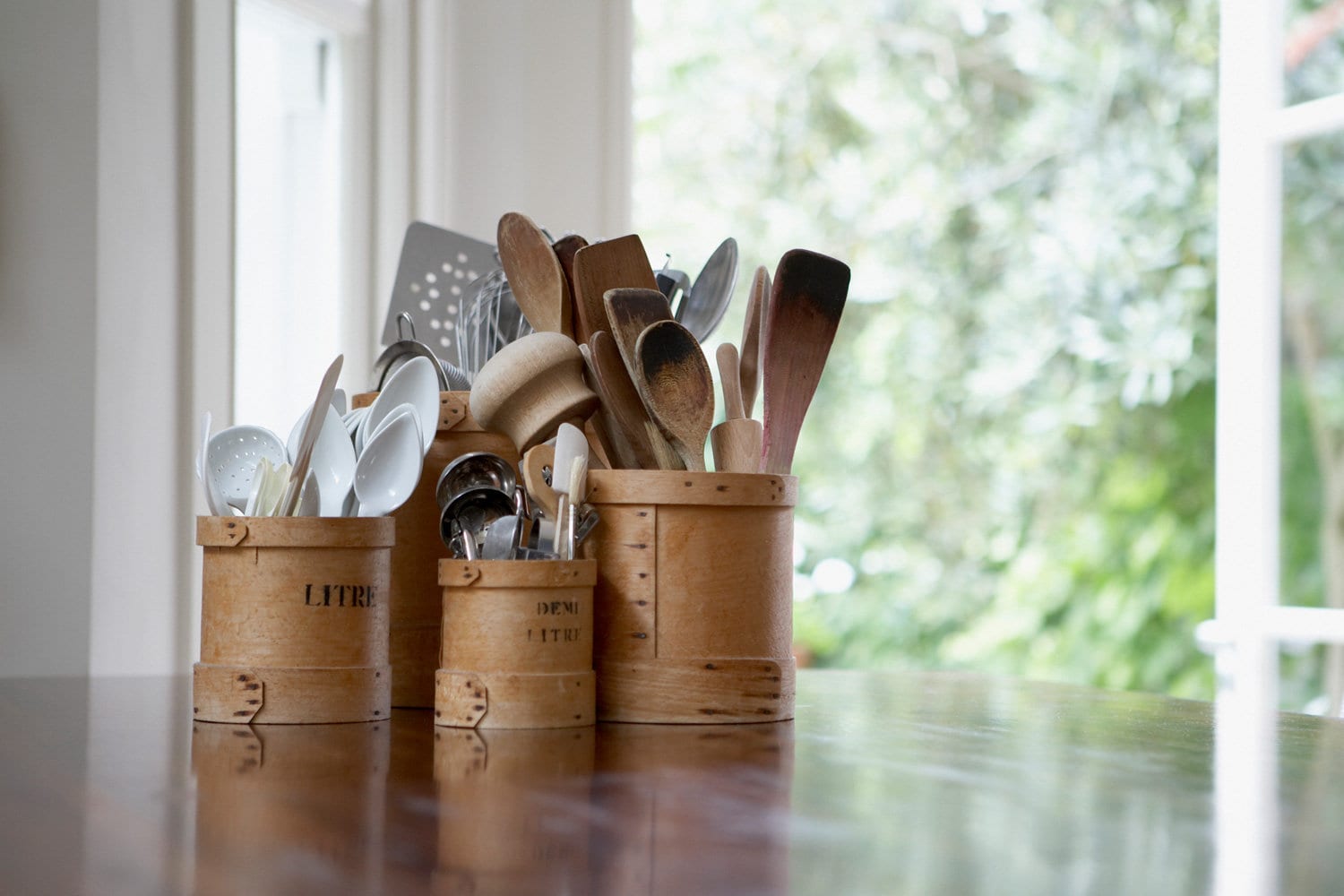
When it was first made available during World War II, Corningware's Pyroceram® was originally made for use in military settings. This material is made to be glass-ceramic and non-porous to help ensure it lasts through strong temperatures from baking and freezing, as well as added resistance to stain and foul odors.
However, Corningware shifted to using ceramic stoneware in the 1990s.
Some Final Words
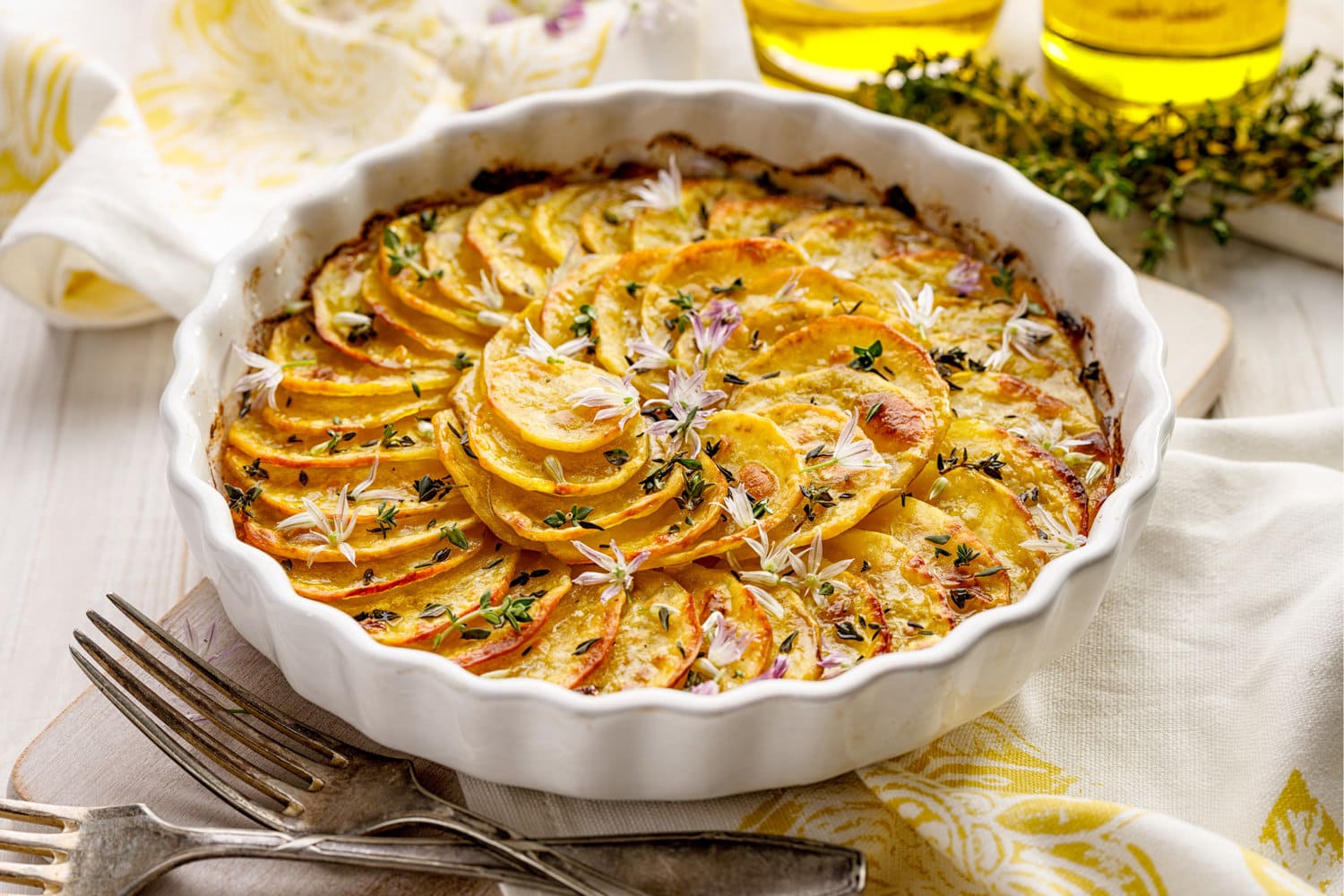
Lead in Blue Cornflower, Spice Of Life, & French White Corningware products are predominantly present in their vintage counterparts, produced circa the '70s. Later on, due to the availability of healthier ingredients and stricter regulations, brands, including Corningware, resorted to making safer cookware without sacrificing quality and beauty.
So, if you own any Corningware produced after the mid-2000s, there's no need to fret about lead contamination.
Found this post helpful? We've got a few other articles you might fancy before you go:
Corningware On Induction Cooktop? – Can It Be Used For Cooking? Should It?
6 Best Oven-Safe Serving Bowls For Your Home
Can You Bake A Cake In A Casserole Dish?



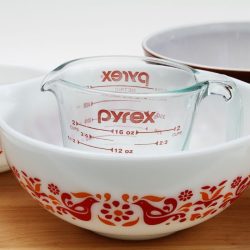
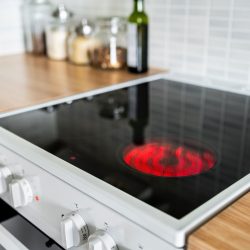
![Variety of baking dishes white colored old corningware on a white background, Is Vintage Corningware Toxic? [Detailed Reference Inc. Lead, Bpa, & Cadmium]](https://kitchenseer.com/wp-content/uploads/2022/09/Variety-of-baking-dishes-white-colored-old-corningware-on-a-white-background-250x250.jpg)
